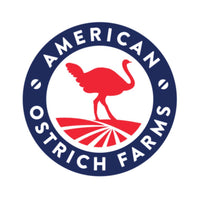FREE SHIPPING ON ORDERS $250+
FREE SHIPPING ON ORDERS $250+
FREE SHIPPING ON ORDERS $250+
FREE SHIPPING ON ORDERS $250+
FREE SHIPPING ON ORDERS $250+
FREE SHIPPING ON ORDERS $250+
FREE SHIPPING ON ORDERS $250+
FREE SHIPPING ON ORDERS $250+
FREE SHIPPING ON ORDERS $250+
FREE SHIPPING ON ORDERS $250+
FREE SHIPPING ON ORDERS $250+
FREE SHIPPING ON ORDERS $250+
FREE SHIPPING ON ORDERS $250+
FREE SHIPPING ON ORDERS $250+
FREE SHIPPING ON ORDERS $250+
FREE SHIPPING ON ORDERS $250+
FREE SHIPPING ON ORDERS $250+
FREE SHIPPING ON ORDERS $250+
FREE SHIPPING ON ORDERS $250+
FREE SHIPPING ON ORDERS $250+
FREE SHIPPING ON ORDERS $250+
FREE SHIPPING ON ORDERS $250+
FREE SHIPPING ON ORDERS $250+
FREE SHIPPING ON ORDERS $250+
FREE SHIPPING ON ORDERS $250+
FREE SHIPPING ON ORDERS $250+
FREE SHIPPING ON ORDERS $250+
FREE SHIPPING ON ORDERS $250+
FREE SHIPPING ON ORDERS $250+
FREE SHIPPING ON ORDERS $250+
FREE SHIPPING ON ORDERS $250+
FREE SHIPPING ON ORDERS $250+
FREE SHIPPING ON ORDERS $250+
FREE SHIPPING ON ORDERS $250+
FREE SHIPPING ON ORDERS $250+

Prioritize your health with pre-tax dollars.
Our nutrient-dense ostrich meat and omega-rich skin care are now HSA/FSA eligible with Truemed.
LEARN MORE








